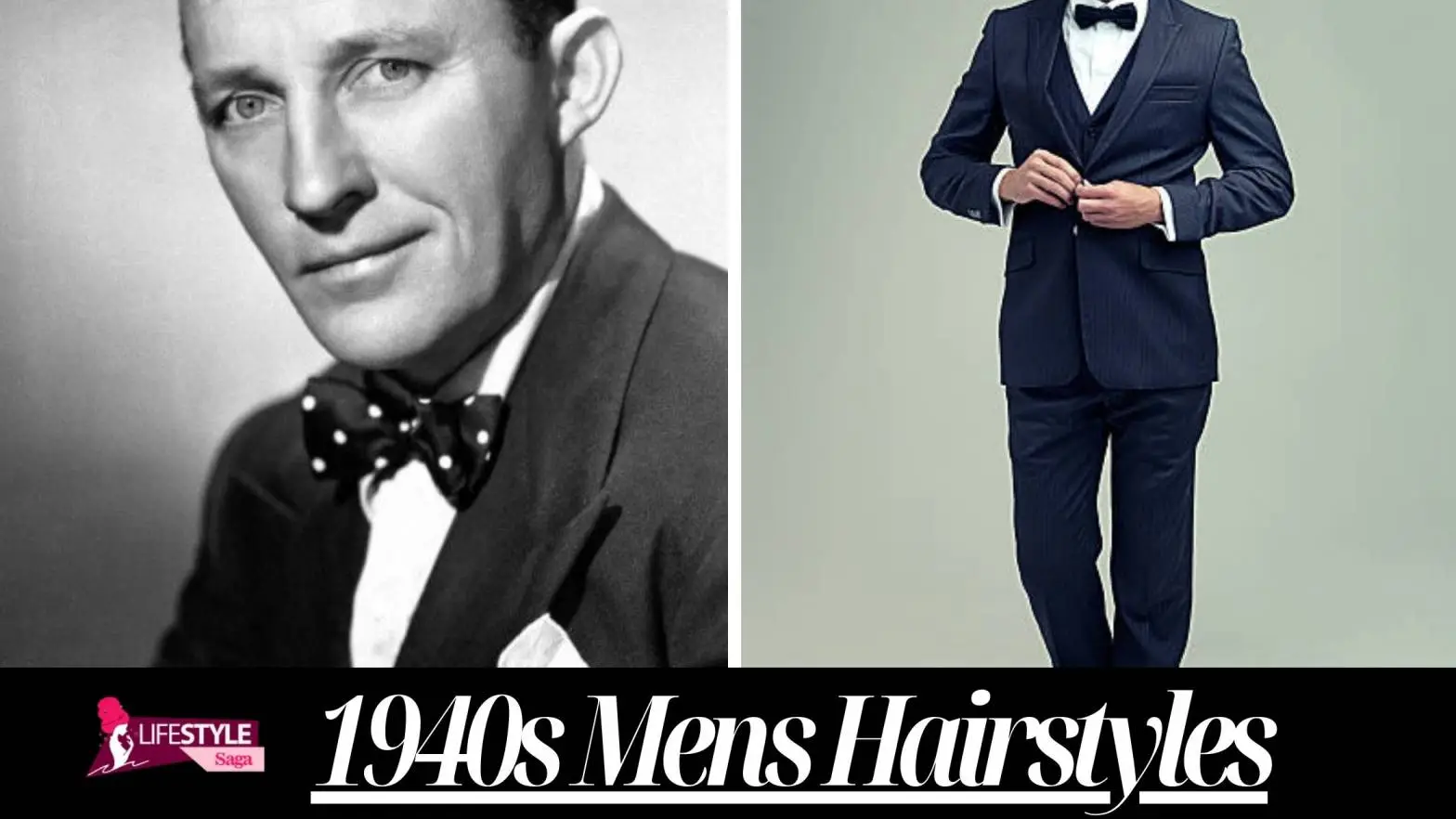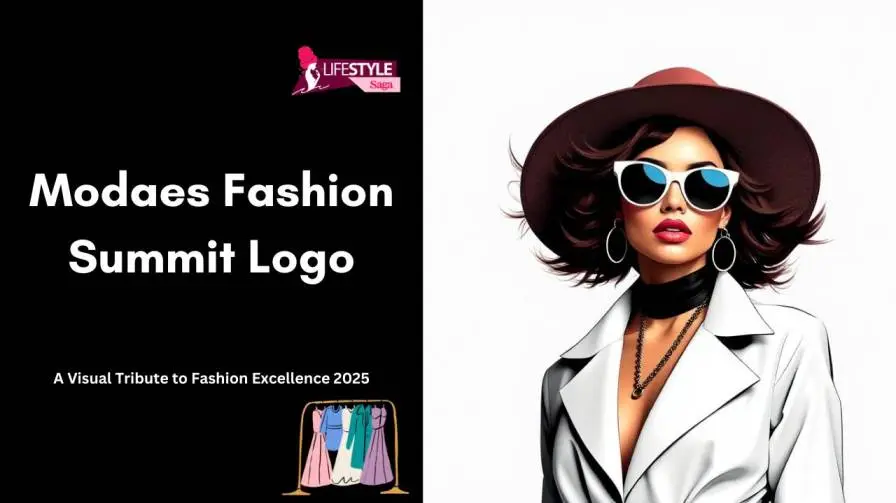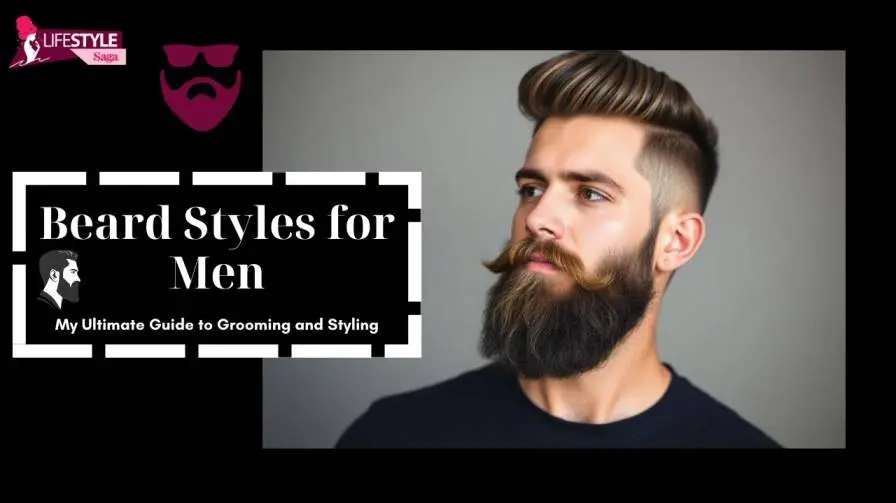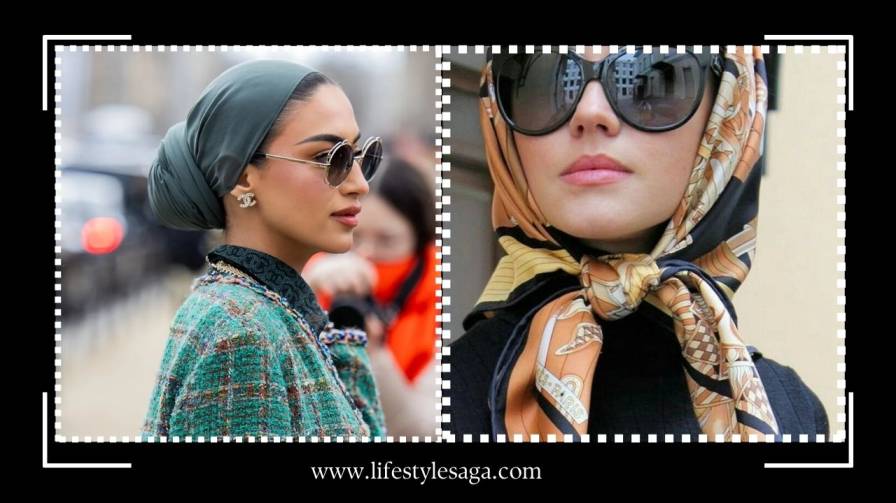Were you enthralled with the traditional sophistication of men's haircuts from the 1940s mens hairstyles and unsure of how to apply these trends to your current appearance? A time of unique fashion, the 1940s were characterized by military accuracy and the impact of Hollywood stars.
The above haircuts have had a big impact on men's grooming history, from the sleek slicked-back to the spectacular pompadour, and from the functional crew cut to the traditional side part and striking flat top. We'll go over the cultural importance, styling advice, and upkeep suggestions in this guide to help you master these timeless styles in 2024.
Classic Men's Hairstyles Of The 1940s
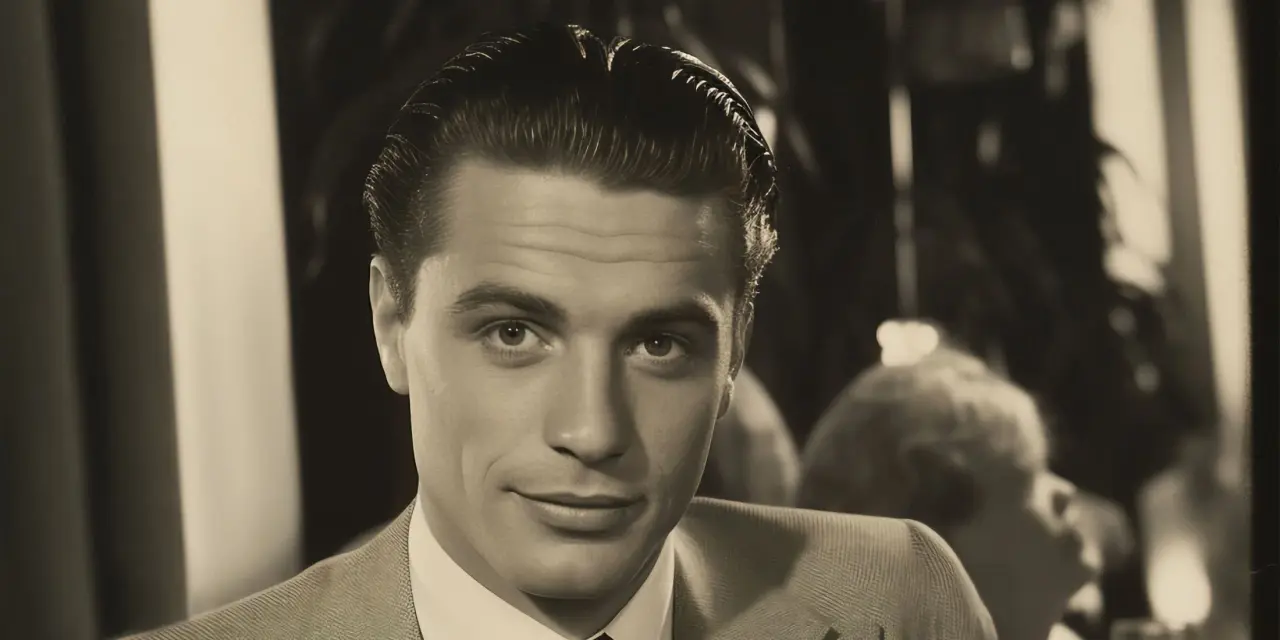
In terms of men's grooming and dress, the 1940s mens hairstyles were an intriguing decade. Men's hairstyles were significantly impacted by World War II, as was daily life. Men's haircuts in the 1940s were driven by a need for a clean, polished look, military standards, and practicality. Let's examine the major characteristics, well-known figures, and cultural and societal factors that shaped the hairstyles of this defining period.
Read Also: What Should Men Know Before Dyeing Their Hair White?
Short Hairstyles For Men In The 1940s
1. Clean, Short Cuts:
Crew Cuts: Showing the military influence, these cuts are practical and simple to maintain.
Military people frequently have flat tops, which are characterized by a level, flat top.
2. Smooth and Glossy:
Slicked-Back Hair: A glossy, silky texture produced with pomade or gel.
3. Bulky Styles:
Pompadours: Hair swept back and upward with a lot of volume in the front.
Wave Styles: Gentle waves for a styled yet organic look.
Well-known Individuals and Their Iconic Hairstyles
5 Comb-over Styles From The 1940s
Gable Clark:
Gable was well-known for having his hair slicked back, which was the pinnacle of refinement in the 1940s.
James Stewart
frequently had a side part, which enhanced his image of charm and gentlemanliness.
Bogart, Humphrey:
His clean-cut, short hairstyles were fashionable at the time but ideal for his tough-guy personas.
Sinatra, Frank:
By giving the then-dominant men's hairdo a little flare and volume, the crooner popularized the pompadour.
John Wayne
preferred a crew cut, which was in line with his tough, patriotic demeanor.
Must Know: Best Trending Hairstyles for Men in 2024
Popular Men's Hairstyles of the 1940s
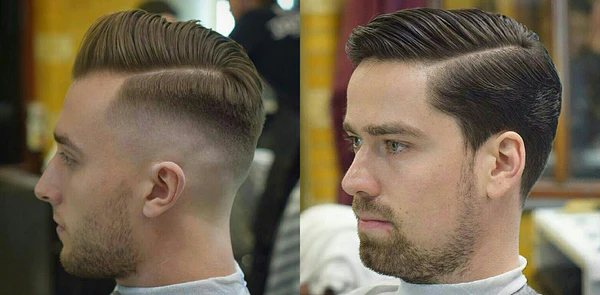
Men's haircuts of the 1940s combined fashion with functionality. Let's look at some of the most recognizable hairstyles from that historical period and how they changed over time.
The Slicked-Back
Historical Significance and Description: The goal of the slicked-back haircut was to create a sleek, polished appearance. For a sleek and elegant look, men would apply pomade or brilliantine to give their hair a glossy shine and comb it back. This look was a mainstay of men's fashion in the 1940s as it was appropriate for both formal occasions and daily wear.
Modern Adaptations: The slicked-back style is making a comeback these days, particularly in formal and corporate contexts. Water-based pomades and other contemporary styling tools provide a more natural finish and make washing out simpler.
The Cut of the Crew
Military Impact and Use: During World War II, military personnel popularized the crew cut. It followed military grooming requirements, was easy to maintain, and was functional. The crew cut has a somewhat longer top and short sides and back hair.
How Should 1940s Haircuts Be Styled in 2024?
It's not as hard as you may think to bring the allure of men's hairstyles from the 1940s into the present day. You can create these classic looks with a modern twist if you have the correct equipment, supplies, and methods. For styling these timeless hairstyles in 2024, here is your go-to resource.
Essential Equipment and Supplies Required
You'll need a few essentials to get going:
Clippers: For accurate cuts, particularly flat tops and crew cuts.
Combs: For slicked-back and side part styles, use a fine-tooth comb.
A blow dryer is necessary to give pompadours volume.
Pomade: For a glossy sheen and effortless washout, go for a water-based pomade.
Hair mousse or gel: Perfect for flat tops, it provides structure and a firm grip.
Hairspray: To secure hairstyles and keep them in place all day.
Brushes: A flat brush for smoothing and a circular brush for adding volume.
Keeping Up Your Retro-Inspired Hairdo
The first step is getting the ideal 1940s men's hairstyle. Regular grooming and upkeep are crucial to maintaining a glossy and crisp look. Here's how to easily keep your vintage-inspired style.
You May Also Like: Cool Fashion Trends For Teenage Guys: Unlock Your Style
Final Notes
Modern grooming gains a timeless elegance by resurrecting men's hairstyles from the 1940s mens hairstyles. In addition to being timeless, these retro looks may be worn to a variety of events and personal tastes. The following are the key conclusions drawn from our examination of these classic haircuts and classic men's hairstyles of the 1940s tips for 2024:
FAQs: Rediscovering 1940s Men's Hairstyles in Modern Fashion
When did men start styling their hair?
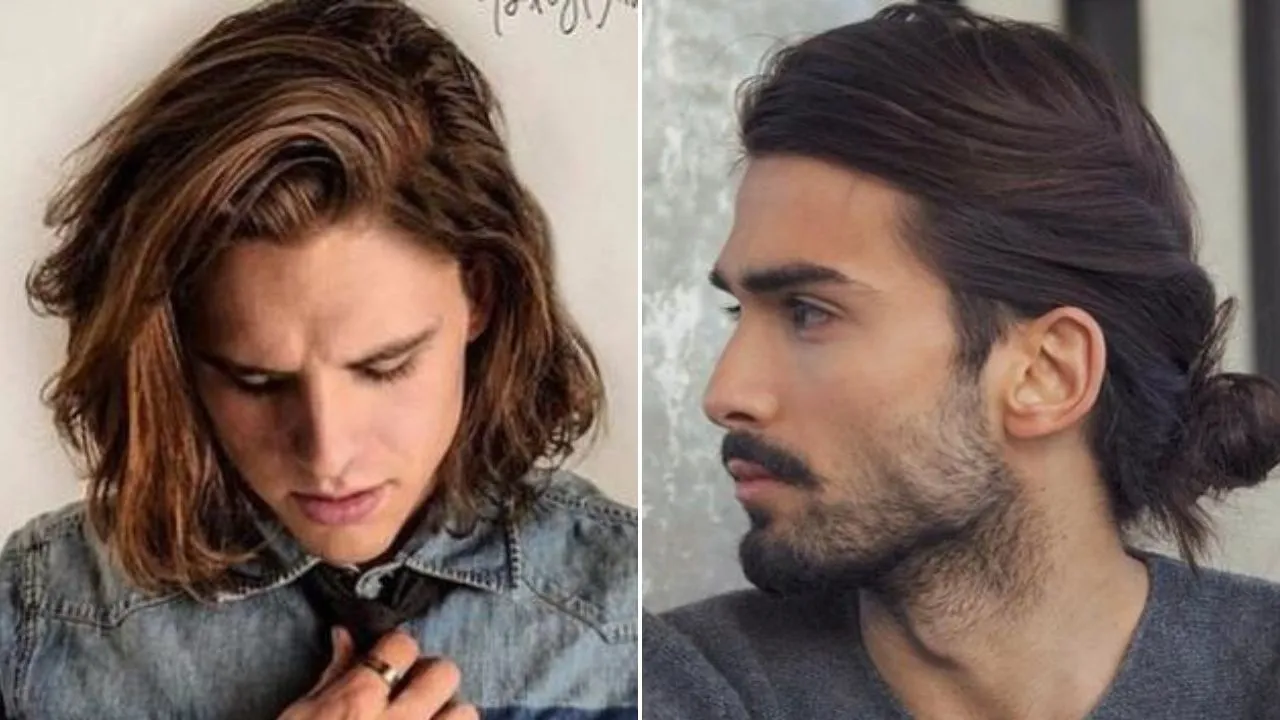
In the 18th and 19th centuries, several hairstyles emerged. Although wigs were still common in the 18th century, some men started wearing their natural hair in a powdered and coiffed manner. Men experimented with many facial hairstyles throughout the retro hairstyles for men in the 1940s.
What hairstyle did men have in 1940?
In the 1940s, most men wore their hair in a single basic style. Long on top, short on the back and sides. To make a wave, the top portion might be separated on one side and combed over and slightly back, or it could be smoothed back with pomade. Since that was a feminine style, hair was never parted in the middle.
How did men style their hair in the 1940s?
A time of unique fashion, the 1940s were characterized by military accuracy and the impact of Hollywood stars. These hairstyles have had a big impact on men's grooming history, from the sleek slicked-back to the spectacular pompadour, and from the functional crew cut to the traditional side part and striking flat top.

